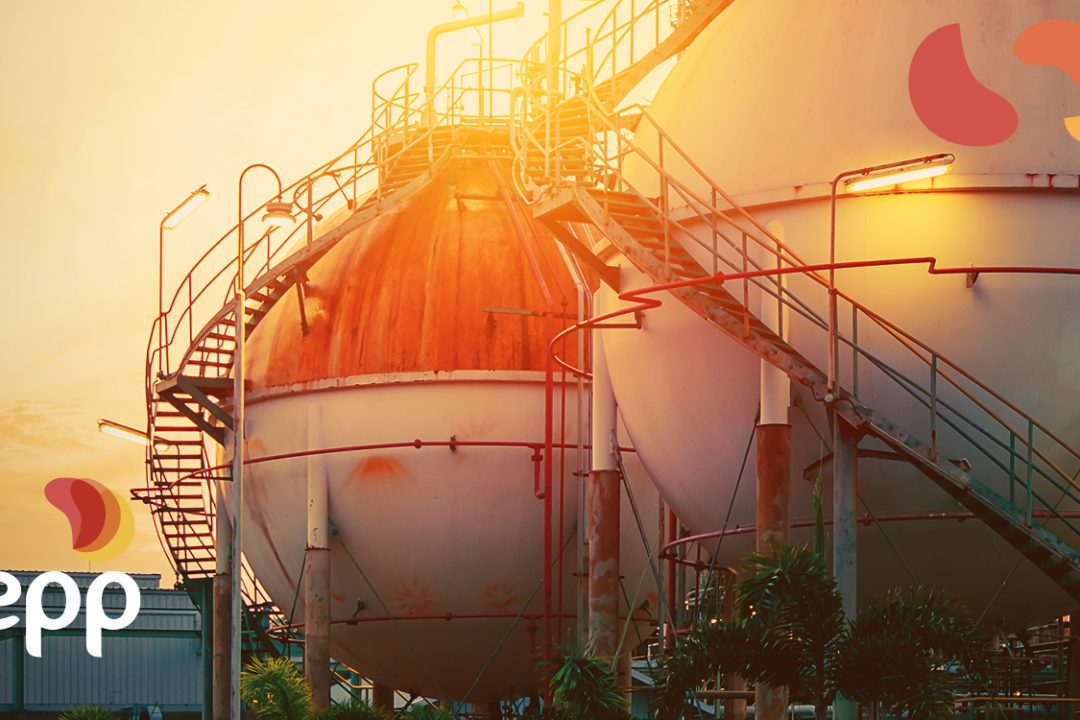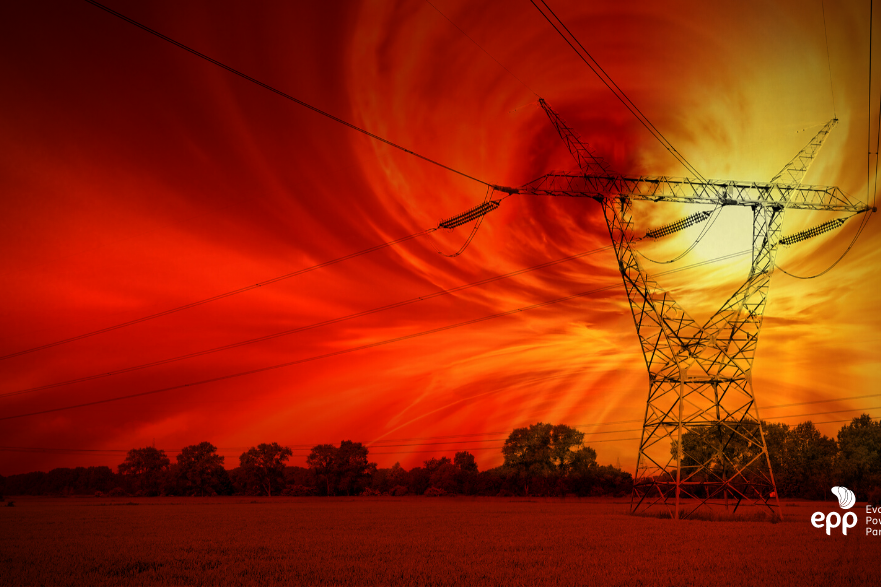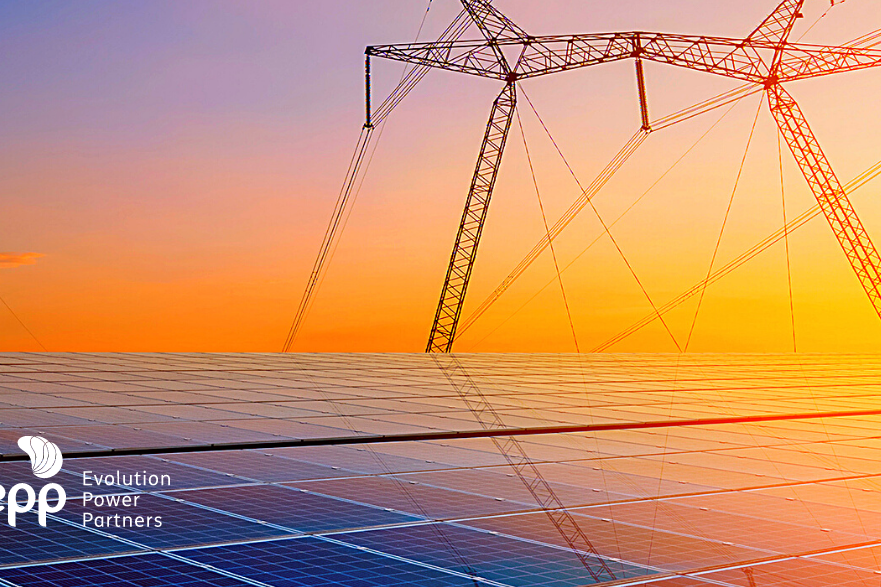According to experts, in the next 10 years, Brazil should be the center of the new LNG activity in Latin America.
Investment initiatives to open the Brazilian market for natural gas coincided with a series of new infrastructure projects in Brazil. Although it is already an important step, there are still many challenges in the quest to transform the segment into a sector less monopolized by Petrobras by attracting international investments.
Natural gas is the third most important energy source in the world. This fossil fuel, when processed, originates other fuels, such as liquefied natural gas (LNG). To understand more about the subject and check the prospects for the future, read the content until the end.
What is LNG?
Historically, the natural gas industry has developed regionally, due to technical and economic difficulties in transporting production. To obtain LNG, natural gas must be purified at a temperature of -162ºC, with its volume reduced 600 times. During the process, condensation occurs and the gas changes from a gaseous state to a liquid.
The Brazilian government is making progress in building a new gas market, opening up the sector to private operations. This is important and necessary, since the implementation of the infrastructure for this segment is very specific and expensive. Therefore, regulatory changes are urgent.
The new gas law brought important changes to the natural gas and LNG players in Brazil. The project makes the market more dynamic and competitive, facilitating the country’s economic recovery. The main changes were free access to pipeline transport concessions and a new storage policy.
Why is liquefied natural gas considered a transition matrix?
The whole world is experiencing an energy transition due to the need to reduce the use of fossil fuels. After all, these fuels are largely responsible for the emission of CO2 into the atmosphere, which causes the greenhouse effect and global warming. As a solution, there was an increase in investment and use of renewable sources, such as water, wind and solar.
Brazil is a privileged country when it comes to the availability of renewable sources. Currently, the Brazilian energy matrix is already represented in almost 50% by this type of source. However, liquefied natural gas is the most affordable transition fuel not only in the country but also in the world.
Even though the ultimate goal is the decarbonization of the energy matrix, many countries use LNG as the source of transition. Its flexibility, ease of penetration, great availability and competitive cost make this matrix a source of transition, consolidating itself as a fundamental source of the global market in the next 10 to 20 years. Both China and the United States have already achieved significant reductions with this change.
By 2040, the generation of natural gas energy in Brazil will reach 20 GW, representing 15% of the energy matrix. But it is worth mentioning that it is useless to attract investors if the consumer market is not heated. In recent years, demand for LNG has declined because of energy stability in the country. Therefore, it is necessary to increase competition and reduce values so that it is possible for the market to be boosted.
If you are an investor and want to understand better about the LNG market in Brazil and its investment possibilities, contact us right now!






